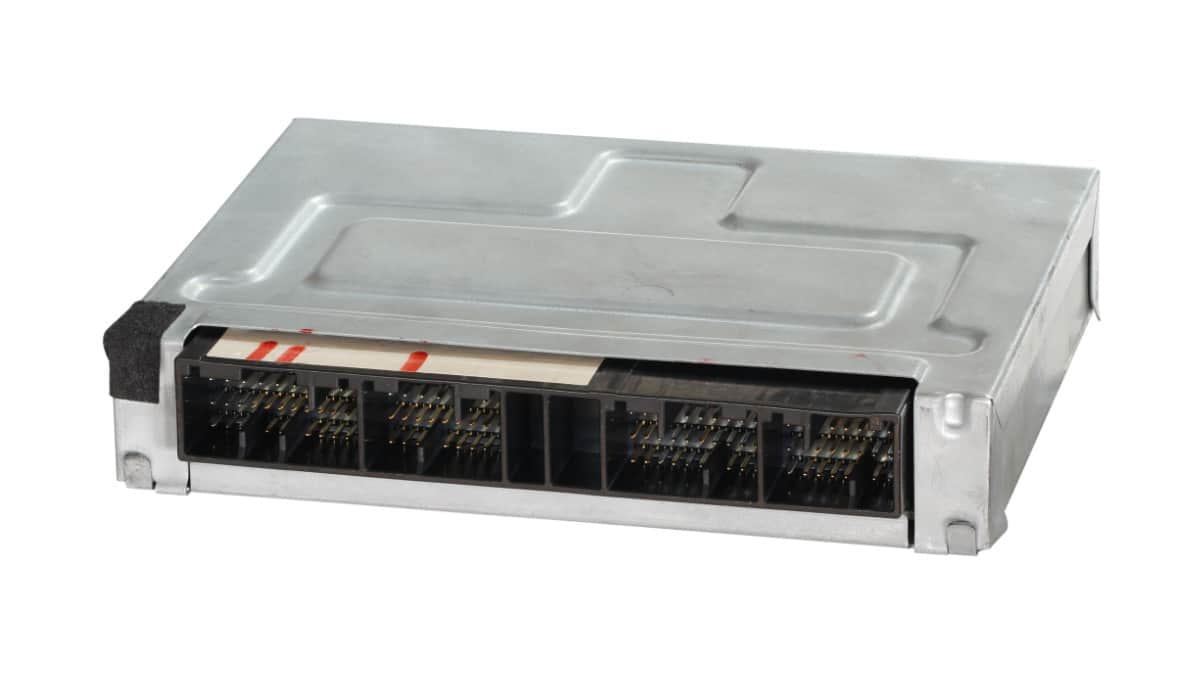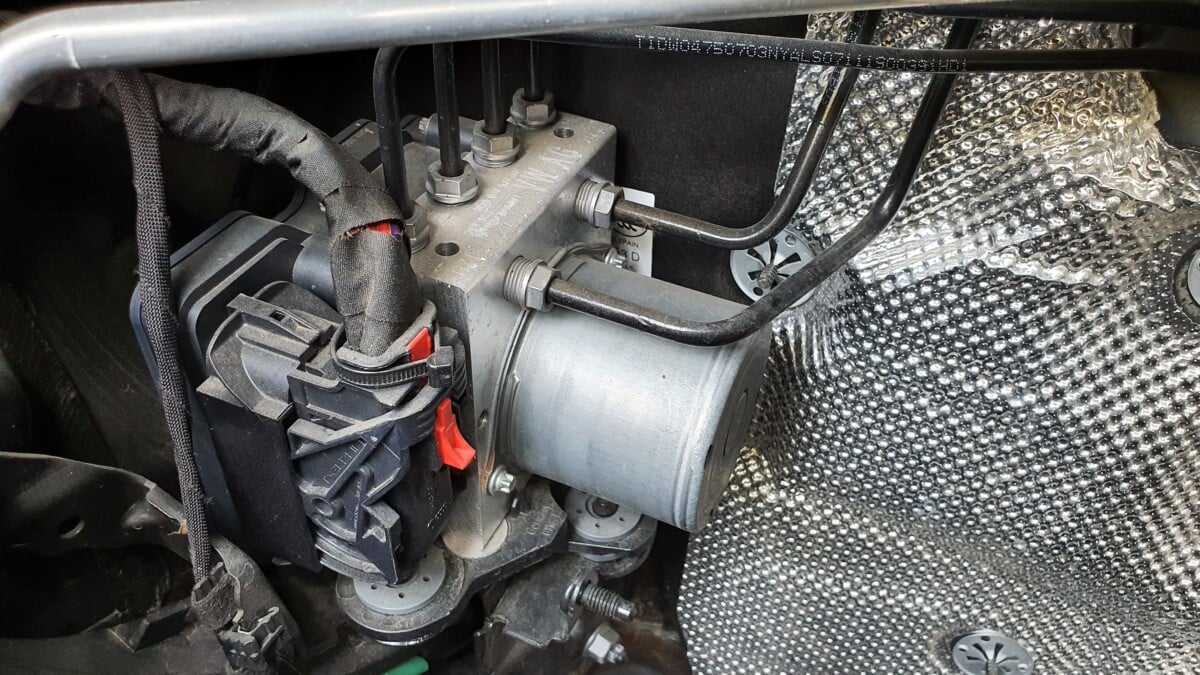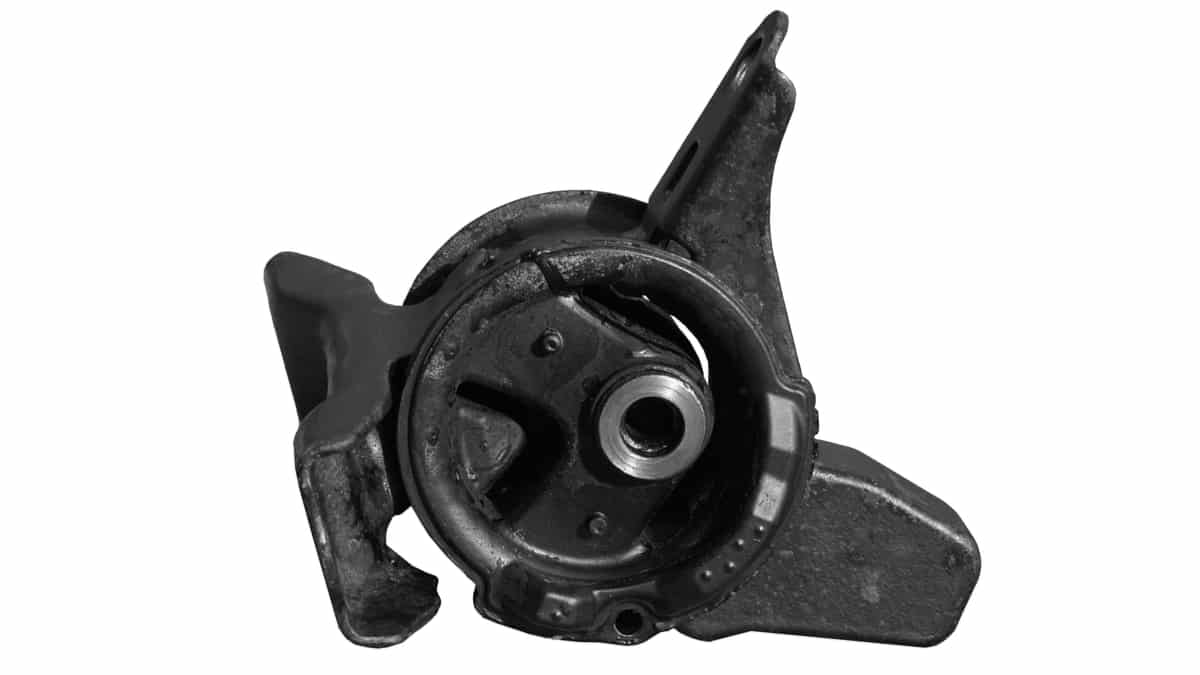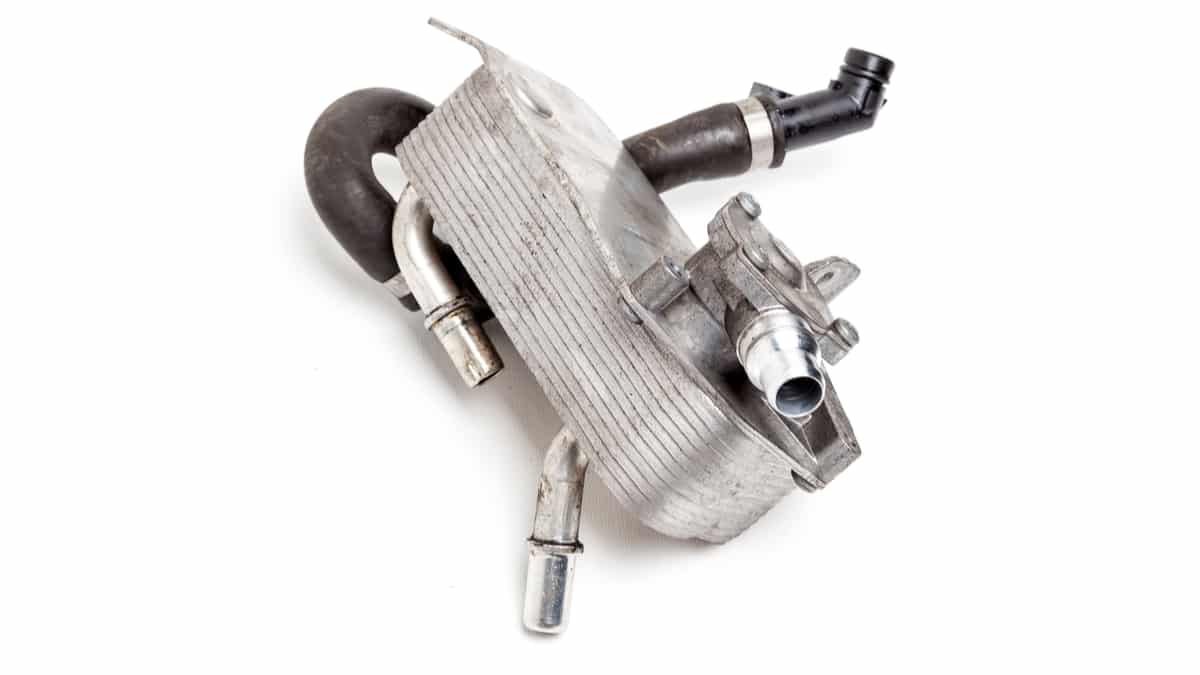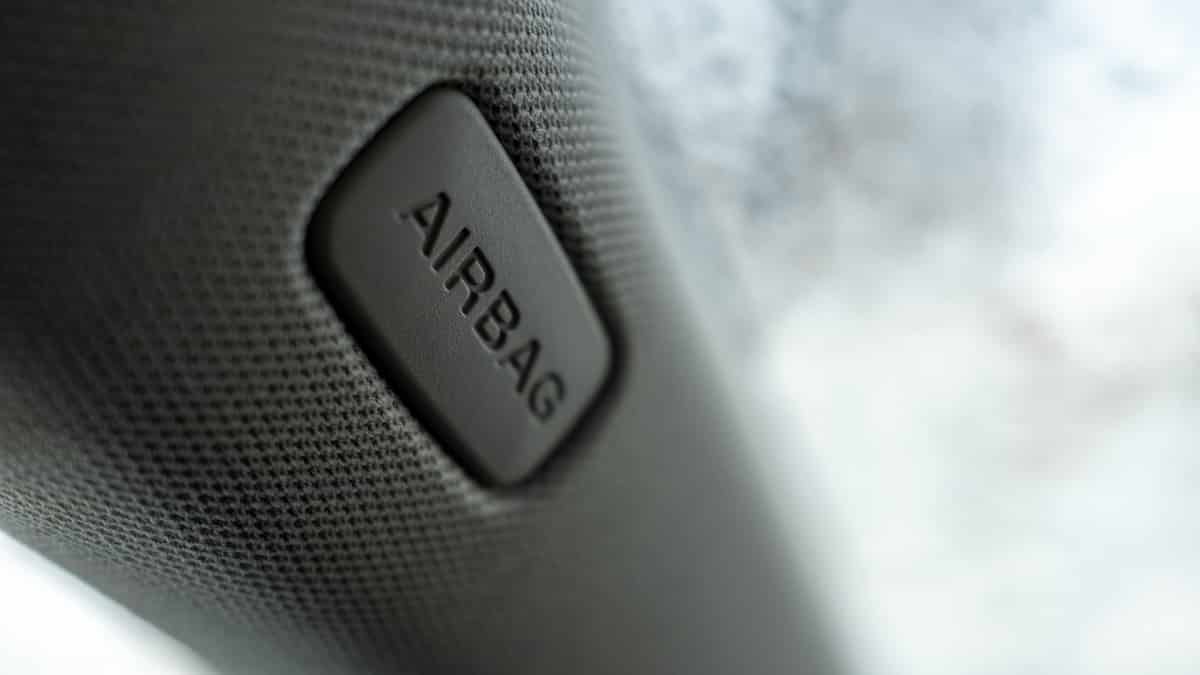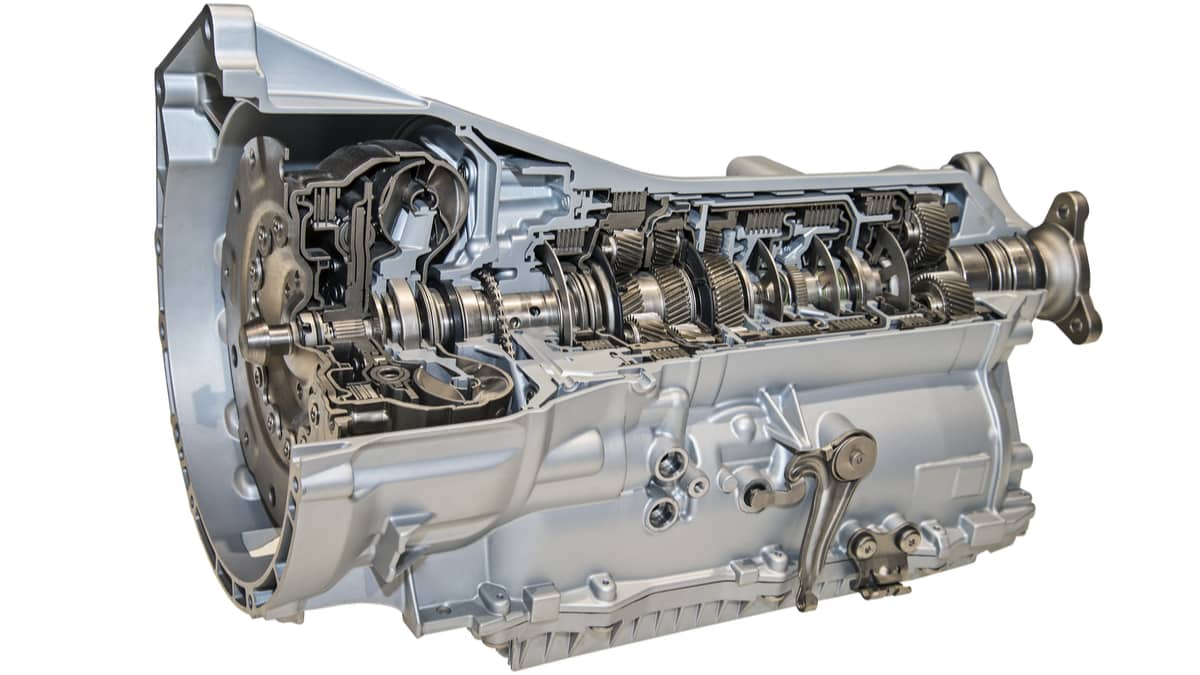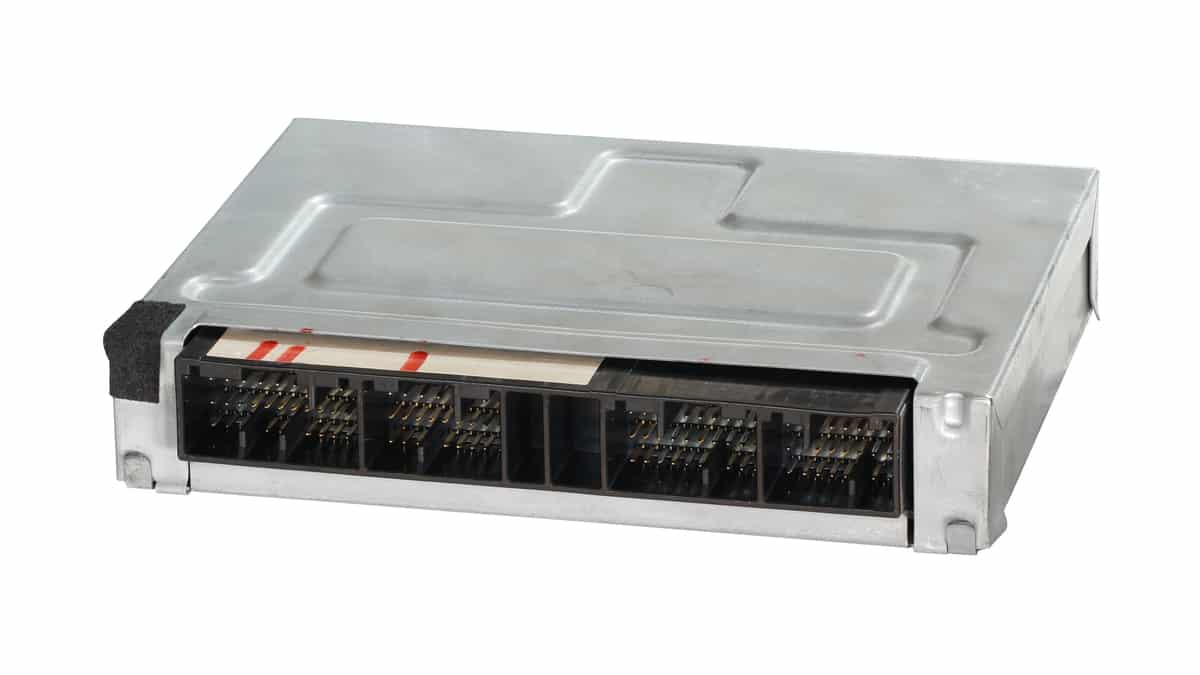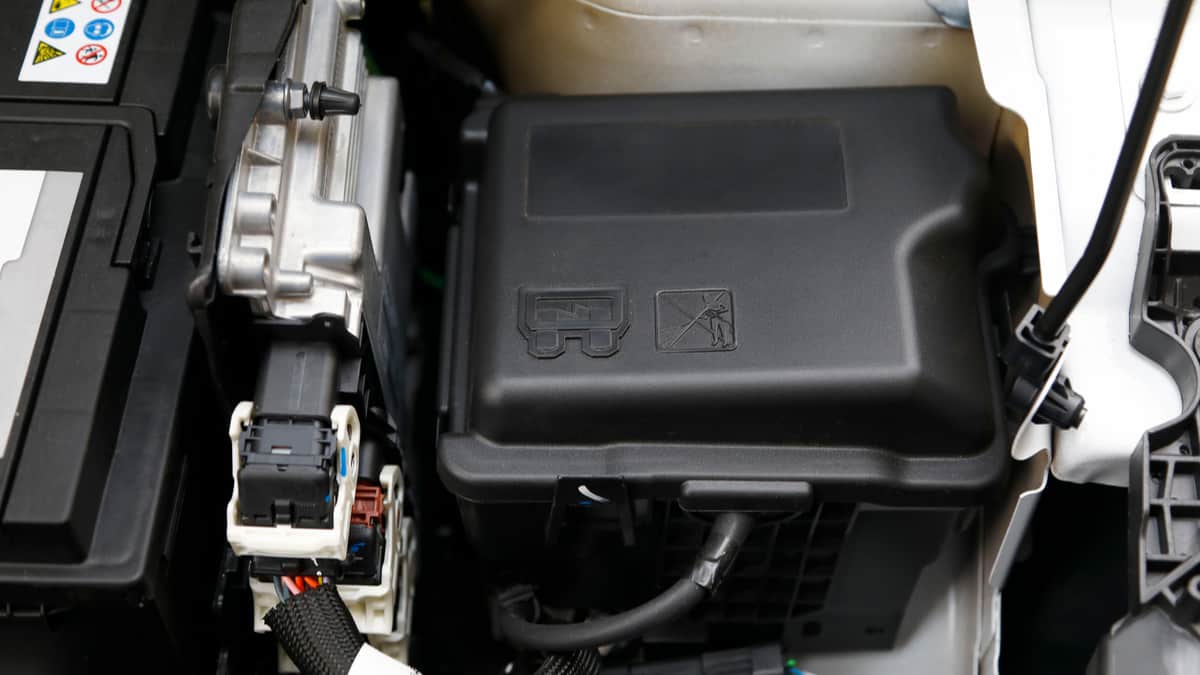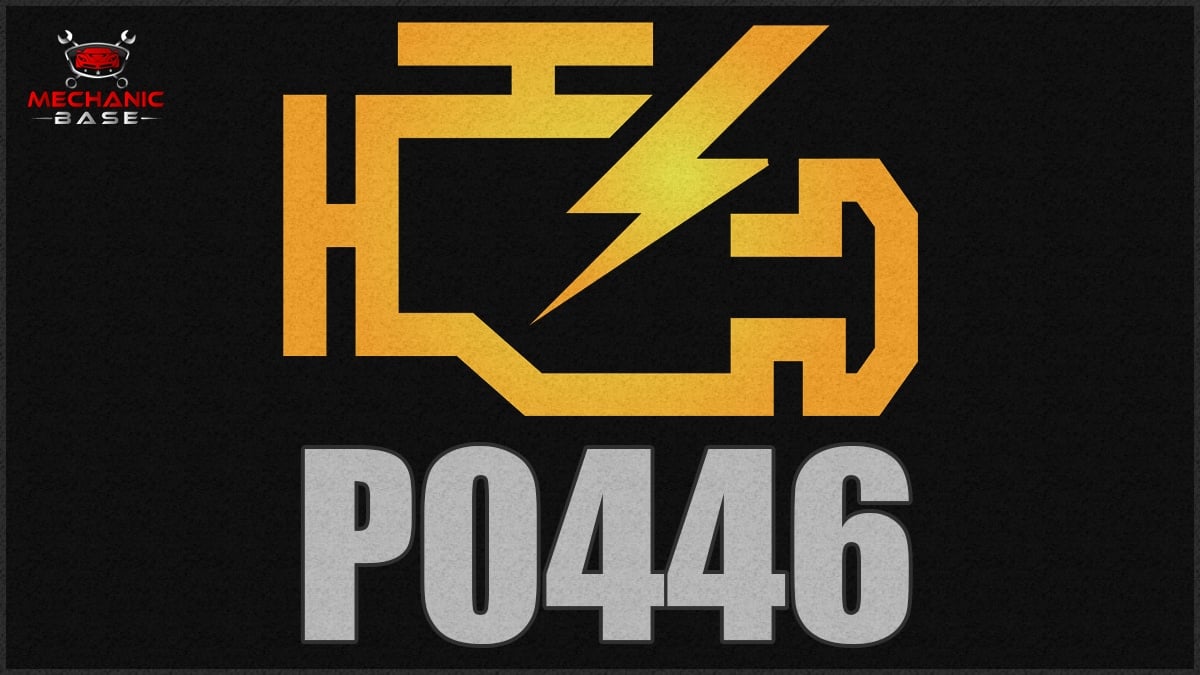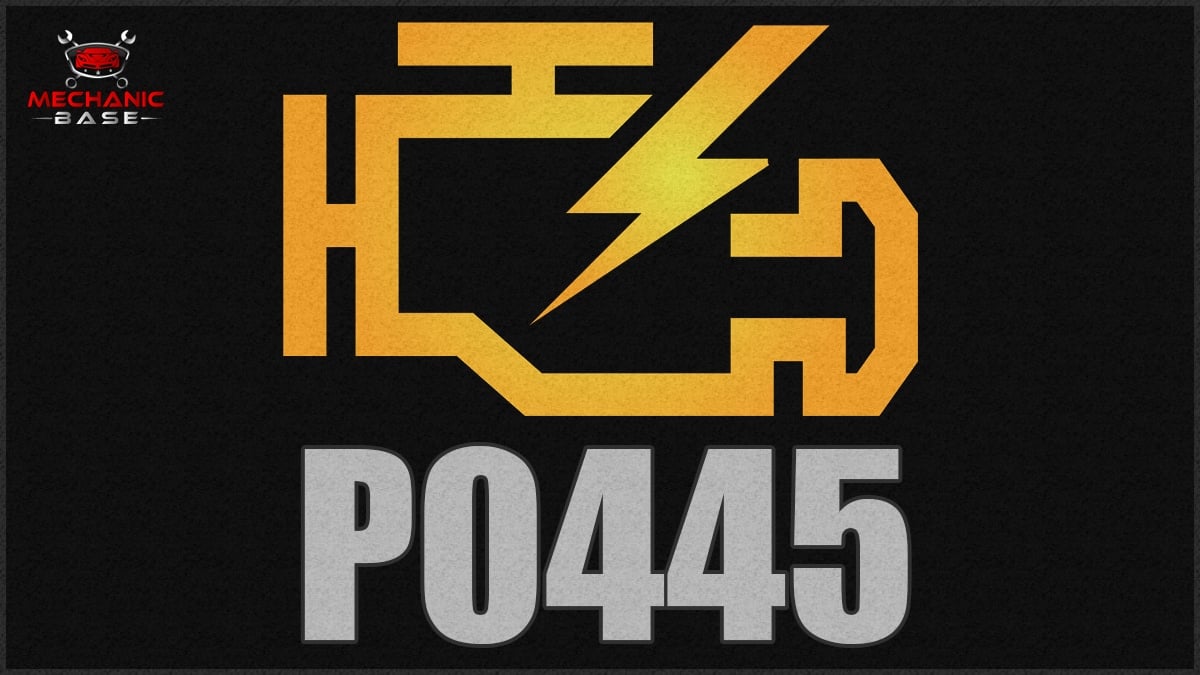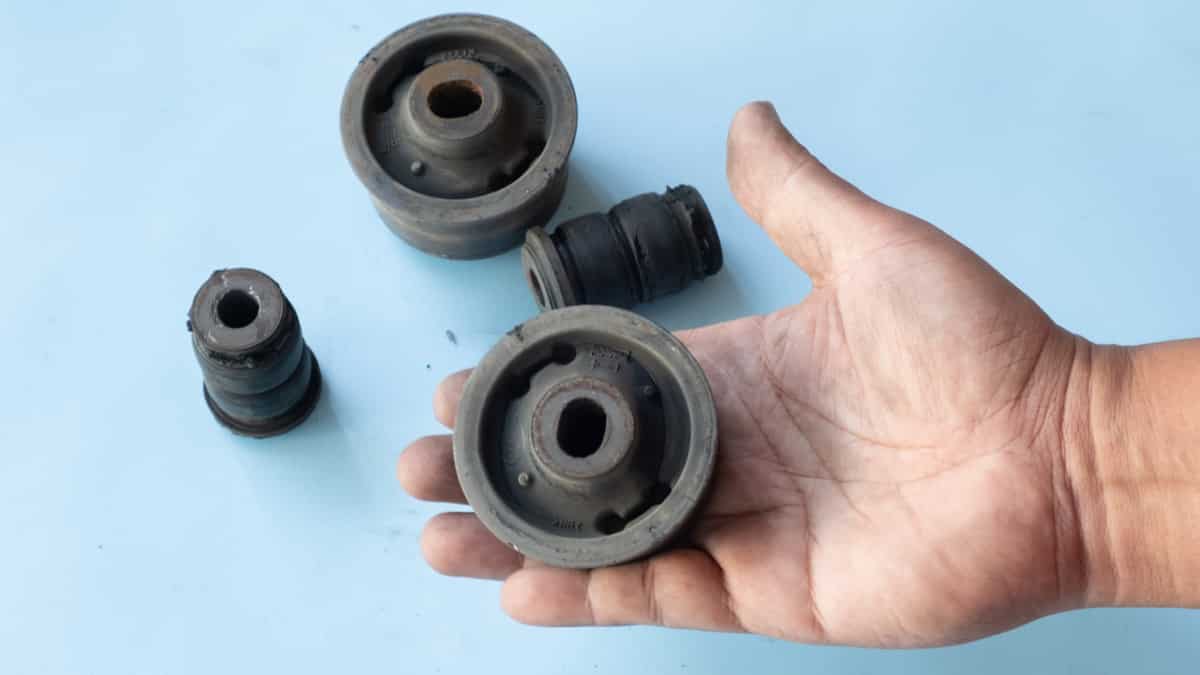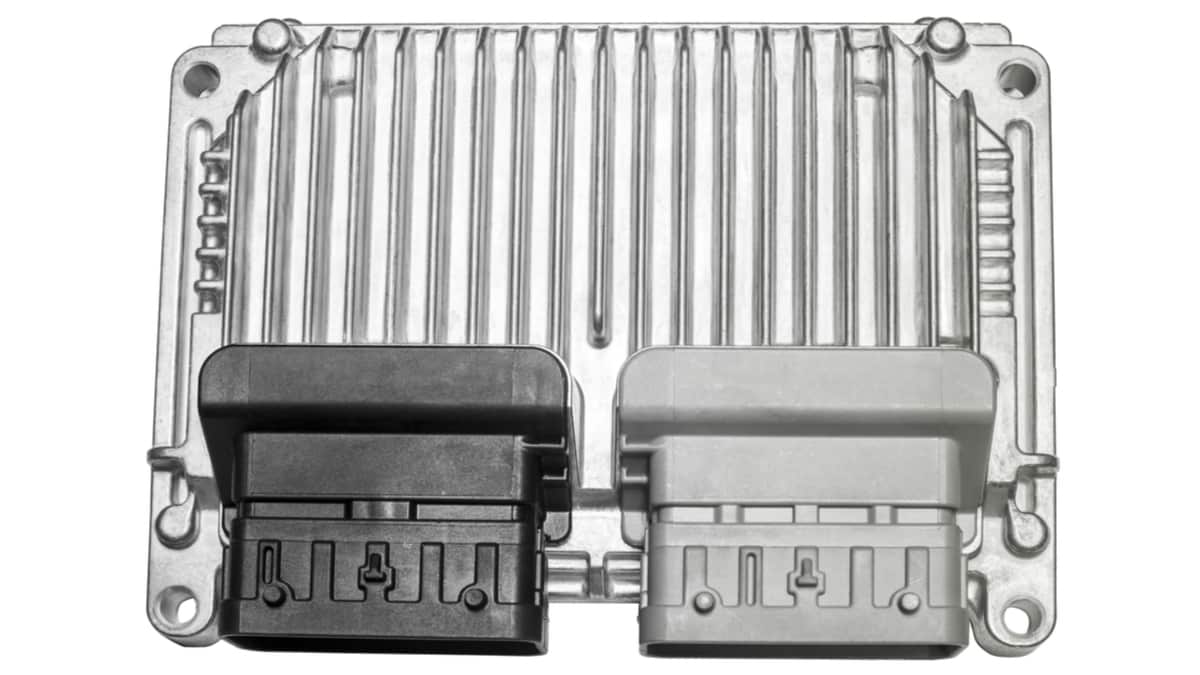The transmission is arguably one of the most important components of your car. Yet, many people don’t know that there are multiple parts associated with the transmission that are needed to keep things running smoothly.
One example of this is the transmission control module (TCM). So, what are some of the bad transmission control module symptoms, and how much does it cost to repair?
We answer those questions in this guide. We also look at where the TCM is located and discuss its function. After you learn how to test the TCM, we will also answer your top questions.
Symptoms Of A Bad Transmission Control Module
When the TCM fails, you may notice erratic shifting, that it’s stuck in gear, a slipping transmission or it could stall while shifting. The Check Engine Light or Transmission Warning Light could also come on. There could also be a drop in fuel economy, or the car could go into Limp Mode.
Let’s examine these in more detail.
1. Check Engine Light
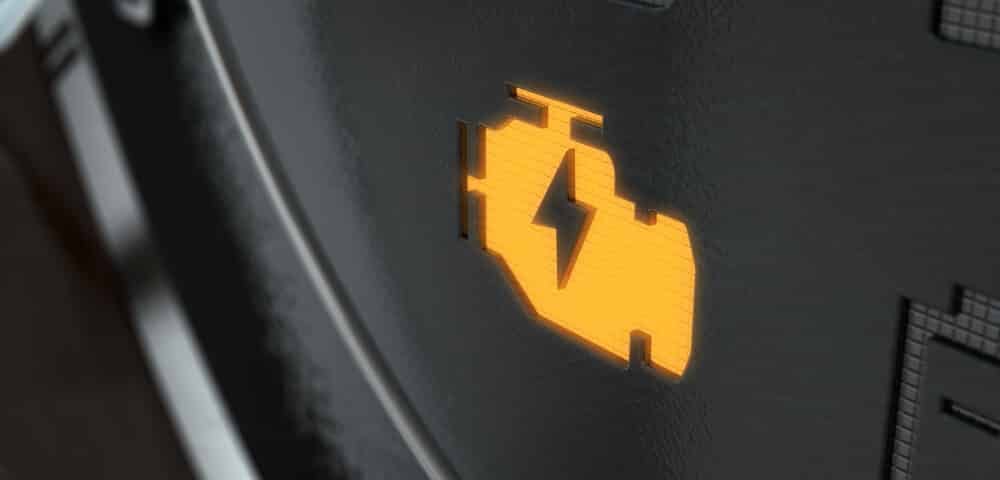
The first warning sign that something is wrong is when the Check Engine Light comes on the dashboard. If this comes on while there are symptoms of shifting trouble, you know it probably has something to do with the transmission.
Otherwise, there is a multitude of reasons for the Check Engine Light to come on. You don’t want to assume it has to do with the TCM unless you notice other symptoms from our list.
The best way to discern why the Check Engine Light is on is to use your compatible code scanner. Some of the most common TCM trouble codes include:
- P0613: Transmission Control Module (TCM)
- P0614: ECM/TCM Incompatible
- P0700: Transmission Control System Malfunction
- U0101: Lost Communication with TCM
If you get a DTC that you are unsure about, learn more by using our online trouble code library. Even as professional mechanics, we need to reference this information for repairs and diagnostics.
2. Transmission Warning Light
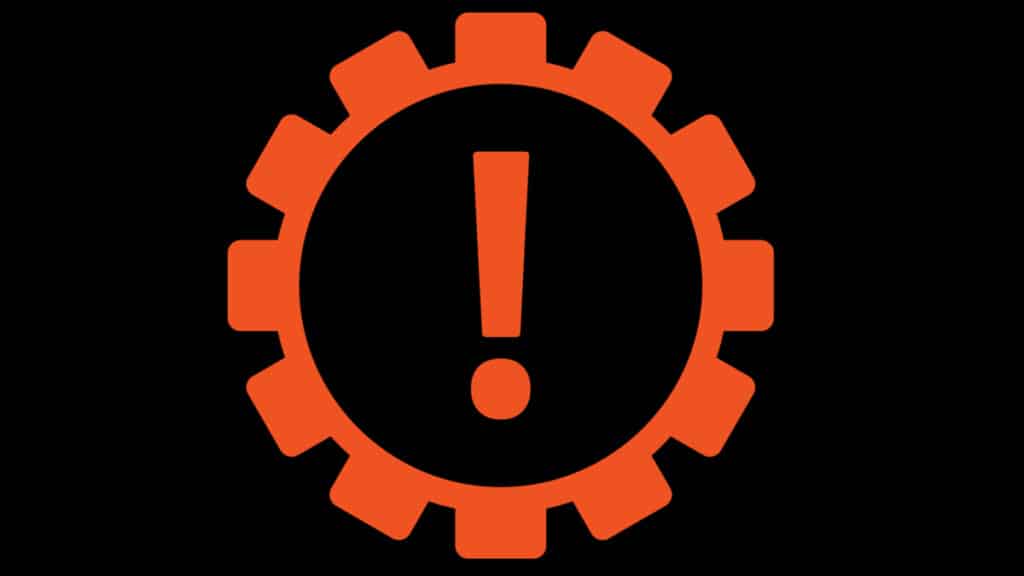
Not every vehicle is equipped with a transmission warning light. If yours is, a defective TCM could make it turn on.
However, the light could also mean other things, such as low fluid levels, that the transmission is overheating or the internal components have worn. Many of these problems will also cause some of the same symptoms in conjunction with the light.
3. Erratic Shifting
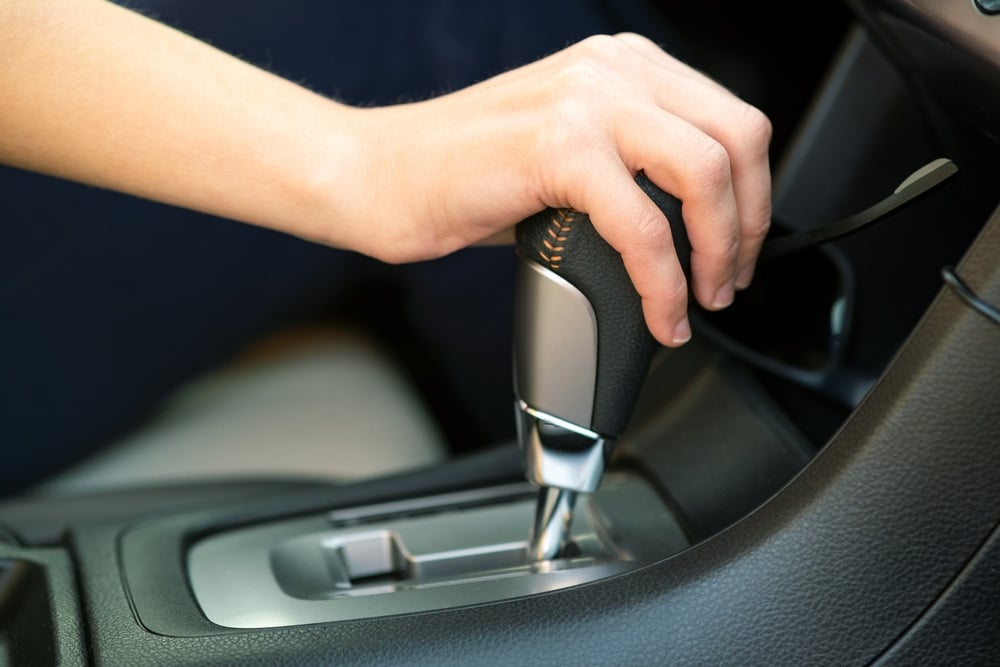
The TCM is responsible for sending signals to shift. When the module goes bad, the shifting could occur at the wrong times or inaccurately. As an example, the car may shift into Neutral or another gear it doesn’t belong in.
This can cause problems with up and downshifting. If the car is in a high gear when you are trying to pull out from a stop, it may not go anywhere. Additionally, being in the wrong gear can cause an accident, especially if the car is jerking and bucking.
4. Stuck in Gear
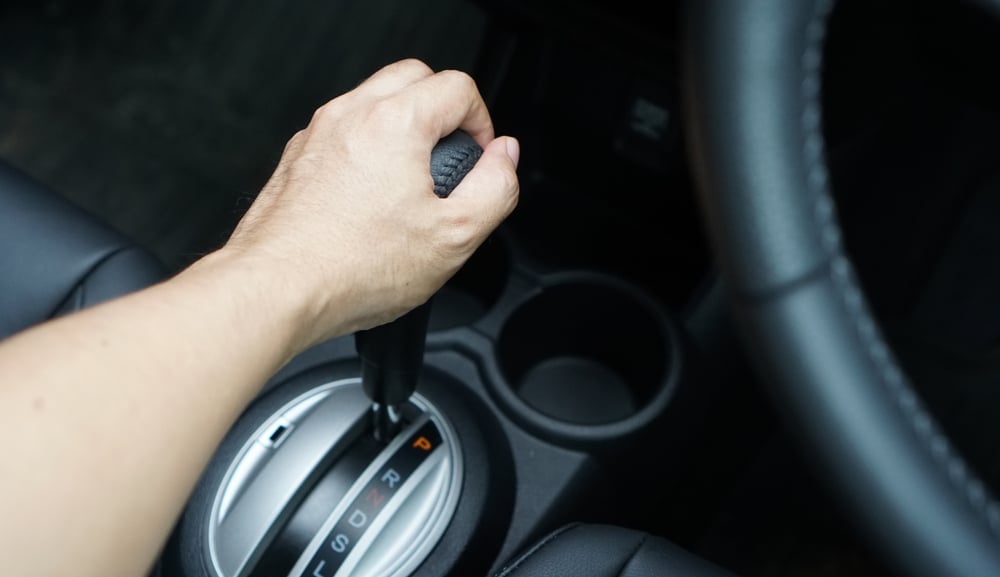
It’s even more alarming when the car gets stuck in one gear. This often happens with Neutral or First gear.
If the transmission doesn’t shift into another gear, you either won’t go anywhere fast or you will get stuck. Either option can cause problems, especially if you are in traffic when it happens. To protect yourself, it’s best to get off of the road as soon as possible.
5. Stalling Engine When Shifting Gear
The inability to shift can also cause the engine to stall. If the TCM shifts into a gear that’s too high or low, you can expect the engine to stall.
It’s similar to what would happen with manual transmissions. If you put the manual into third gear and tried to pull out, the engine would stall.
6. Poor Fuel Economy

The automatic transmission and the engine work hand-in-hand. If there’s a problem with gear selection or timing, the engine is going to suffer.
The harder the transmission has to work, the more energy is needed. The engine uses more fuel during this time, causing a drop in fuel economy. You can figure out how much fuel you are using with a gas mileage calculator. If you know what it normally is, you’ll be able to spot when it drops.
7. Slipping Transmission
The term “slipping transmission” simply means when the transmission goes out of gear. It occurs when the transmission acts like it’s in Neutral between shifts as if it can’t find the next gear. After a few seconds, the car may go into the right gear, so there’s just a small pause in between.
Slipping can be caused by a defective TCM, but there are other possibilities. It also happens with worn clutch plates, bad torque converter, failing bands or bad solenoid packs.
8. Limp Mode
Limp mode is a safety feature on vehicles. It activates any time that the TCM or ECU determines that there’s a dangerous fault.
When the problem is identified, limp mode activates to protect the critical components of the vehicle. You won’t be able to drive too fast because the speed is governed. It may also only stay in one gear. This system is designed to ensure you get the vehicle home or to a local shop, but you will need to turn on your hazard lights to alert other drivers.
What’s The Function Of The TCM?
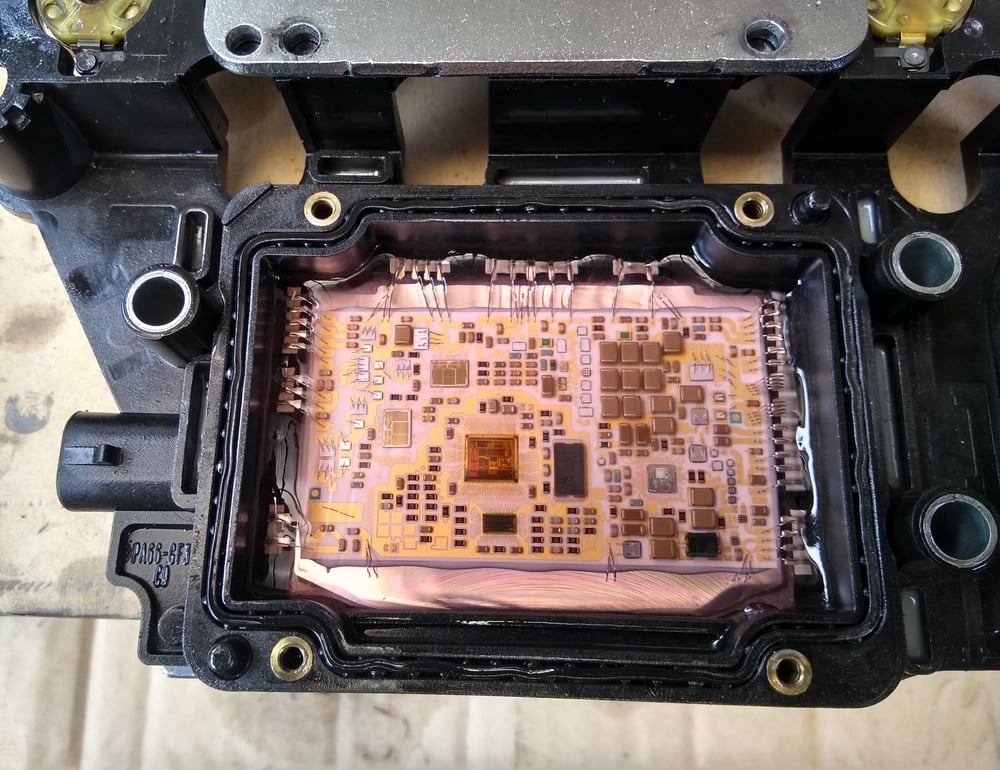
The transmission control module is a sophisticated processor that receives signals from the drivetrain and outputs changes to maintain adequate speed, temperature and shifting. The input speed sensor relays the rotation speed measurements to the TCM, allowing it to determine the torque converter’s rotational speed.
The wheel speed sensors also send information to the TCM. This data is used to determine when the transmission should decouple, similar to when you push the clutch on a manual transmission car.
When the sensors fail, the TCM receives the wrong information. Without the proper data, adjustments are made that create a rougher ride. For that reason, many of the same symptoms of a bad TCM can also occur with failing sensors.
Where Is The TCM Located?
Every manufacturer puts the TCM in a different place. Sometimes, it can be found mounted directly on the transmission or in a random place under the hood. There are even times that the TCM is found under the dash.
The only way to know for sure is to look in the service manual for your particular car. There will be schematics showing you where to find the TCM. There should also be repair procedures illustrating how to take off the TCM.
How Do You Test The TCM?
TCMs are complex devices, and when it comes to troubleshooting, it can be tricky without the right knowledge. Therefore, we recommend checking other transmission parts first, as the TCM does not often go bad. However, here are some basic steps you can do yourself without extensive knowledge.
If you are ready to check the TCM, here are some basic steps to follow.
- Check the TCM visually first. Look for any obvious connectivity issues or corrosion.
- Inspect the car battery. At times, low voltage can cause trouble with the TCM. Test the battery to ensure it’s fully charged and providing the necessary voltage to the TCM.
- Check the system with your compatible code scanner. Look for any codes that can indicate the problem.
You can also check the TCM several other ways. If you have a voltmeter, you can check the readings on the TCM, but you could end up causing more damage if you don’t know what you are doing. It’s best to follow this procedure through the service manual, so you can compare the manufacturer’s specifications to see if it’s accurate.
Your best bet is to have a mechanic take a look at the system. Most qualified technicians have the equipment and the skills to figure out the problem faster than you can. This is one of those instances where you may be better off trusting the professionals.
How Much Does It Cost To Replace The Transmission Control Module?
Expect to spend $250 to $1,250 to replace the transmission control module. Several factors influence how much you are going to spend. These factors include:
- Type of vehicle you drive
- Where you take it for service
- Location of the TCM
In some parts of the country, labor costs are much more expensive than others. For example, if you reside in an urban area, you are going to pay a higher labor rate than if you live in a rural portion of the state.
If you can change the TCM yourself, you can save on the labor cost. It’s not normally difficult to swap out the TCM if it’s in a convenient location. However, most TCMs need to be programmed. Unless you have the equipment to do this, you may need to visit a dealership for support.
Can you drive with a bad transmission control module?
No, you shouldn’t drive with the TCM failing. Whether there’s trouble shifting or the car is in limp mode, it’s important to stop driving right away. Continuing to push the vehicle could lead to either transmission or engine damage, which both require costly repairs.
What does a transmission control module do?
The TCM takes the signals from the input speed sensor and wheel speed sensors to adjust shifting patterns and temperature. It’s the hub where all transmission decisions are made. If the sensor sends inaccurate data, the TCM makes adjustments that hinder the car’s performance.
What causes a transmission control module failure?
The TCM is meant to last for the lifetime of the vehicle. However, if there’s faulty wiring, the TCM can short or overload and burn out. Debris and dirt on the module can also lead to problems because of a defective connection.
Can I replace a TCM myself?
If the TCM is easy to access, you shouldn’t have problems replacing it. However, the new TCM may require a reprogram, which requires advanced equipment. You may not be able to perform the reprogramming at home. Additionally, some TCMs are hard to reach, making them more difficult to change.
How do I reset my transmission control module?
The manufacturer-specific instructions are in your service manual. In many cases, you won’t want to reset the TCM on your own because it could require re-programming. It’s best to visit a service shop or dealership for more support.
Few car problems are as serious as a defective transmission control module. When the TCM fails, you’ll be lucky to get your vehicle home for repairs. Even if you can drive, it’s going to be jerky and uncontrollable at times. These behaviors can lead to a car accident, so you want to be careful.
Thankfully, the TCM isn’t a common failure. There are normally other parts that fail much easier, leading to some of the same symptoms. That’s why we always recommend a thorough diagnosis before replacing any parts.
Categories: Transmission
